Best Timing for Paint Strippings
Paint strippings are most effective when applied during specific weather conditions and seasons. Optimal timing ensures better adhesion and easier removal, reducing the risk of damage to surfaces. Typically, late spring through early fall provides the best conditions, with moderate temperatures and low humidity levels.
Perform paint strippings during dry weather with temperatures between 50-85°F and low humidity for best results.
Late spring and early fall are preferred, avoiding extreme heat or cold that can affect the stripping process.
Ensure surfaces are dry and free of dirt or loose paint before beginning paint removal.
Avoid stripping during rainy or windy days to prevent moisture and debris from affecting the process.
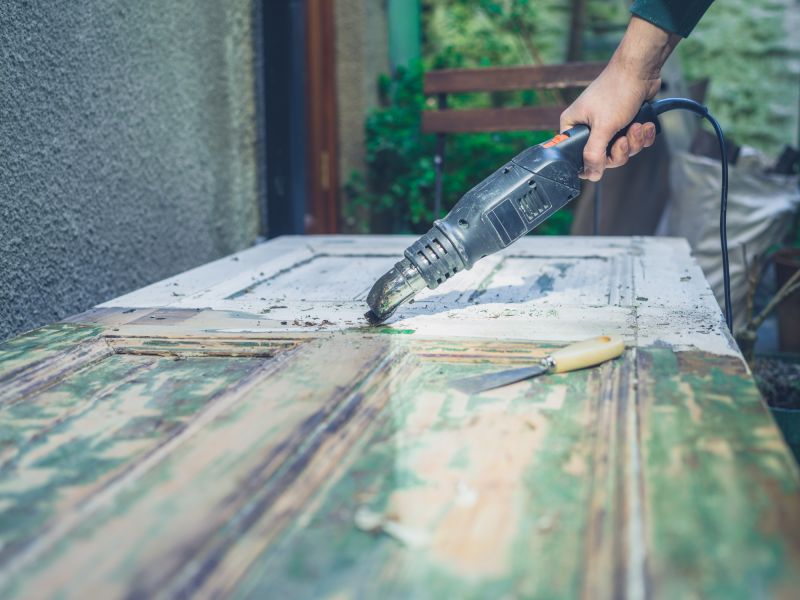
Spring offers moderate temperatures ideal for paint removal projects.
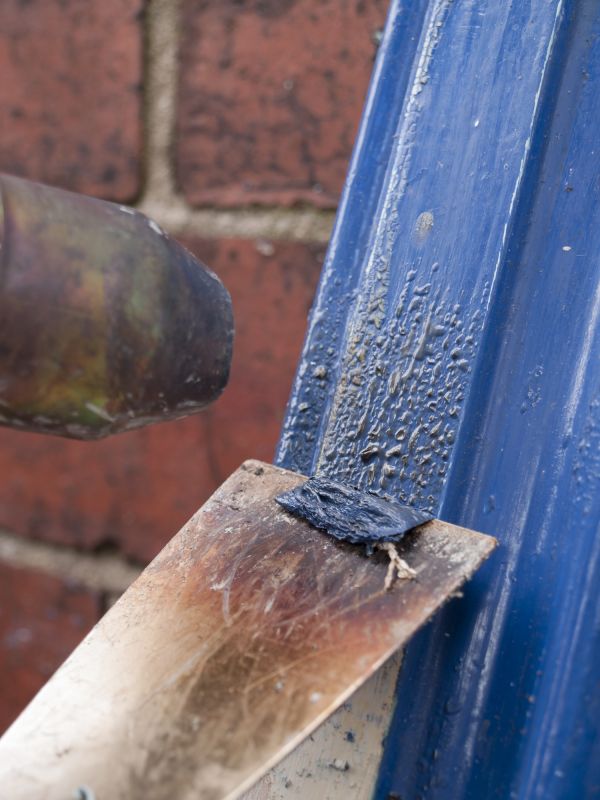
Summer provides longer days and stable weather for efficient paint stripping.
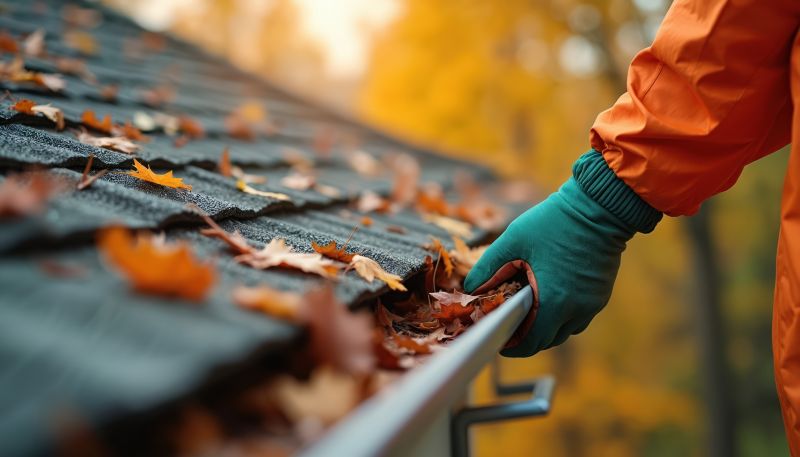
Autumn's dry and cool weather helps in effective paint removal before winter.

Ways to make Paint Strippings work in tight or awkward layouts.
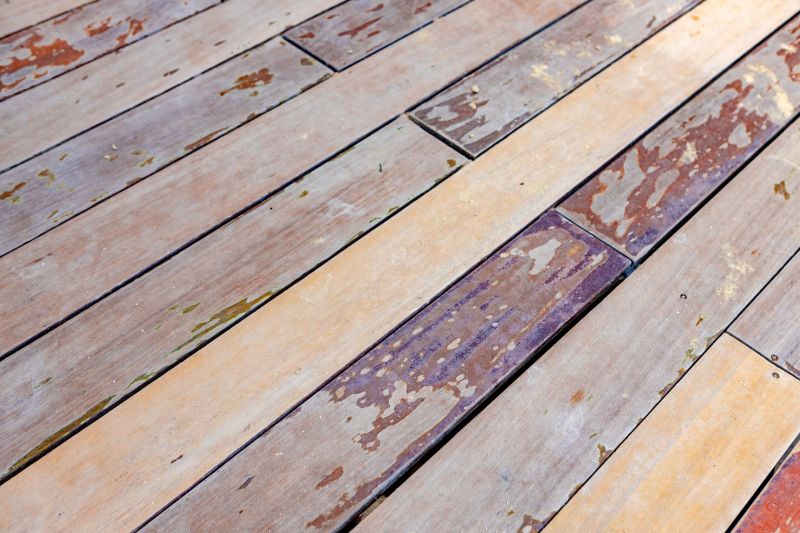
Popular materials for Paint Strippings and why they hold up over time.
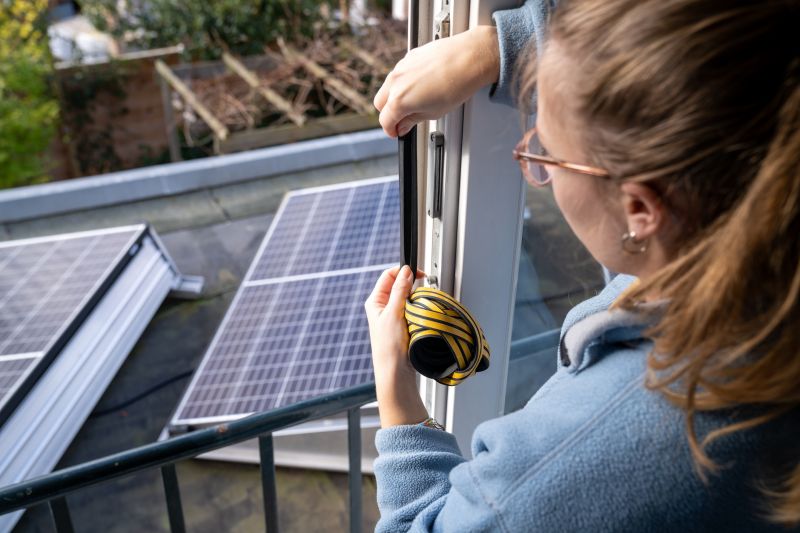
Simple add-ons that improve Paint Strippings without blowing the budget.
| Season | Recommended Conditions |
|---|---|
| Spring | Moderate temperatures, low humidity, dry weather |
| Summer | Longer daylight hours, stable weather, warm temperatures |
| Autumn | Dry, cool weather, low humidity |
| Winter | Cold temperatures, high humidity, not recommended |
Paint strippings involve removing old or deteriorated paint from surfaces to prepare for repainting or renovation. Proper timing enhances the effectiveness of stripping agents and tools, minimizing surface damage and ensuring a cleaner finish. The process can vary depending on the type of paint, surface material, and environmental conditions, making timing a crucial factor for successful results.
Statistics indicate that performing paint removal during optimal weather conditions can reduce project time by up to 30%. Proper planning around seasonal weather patterns helps prevent issues such as paint re-adherence, surface warping, or moisture entrapment, which can compromise the integrity of the final finish.
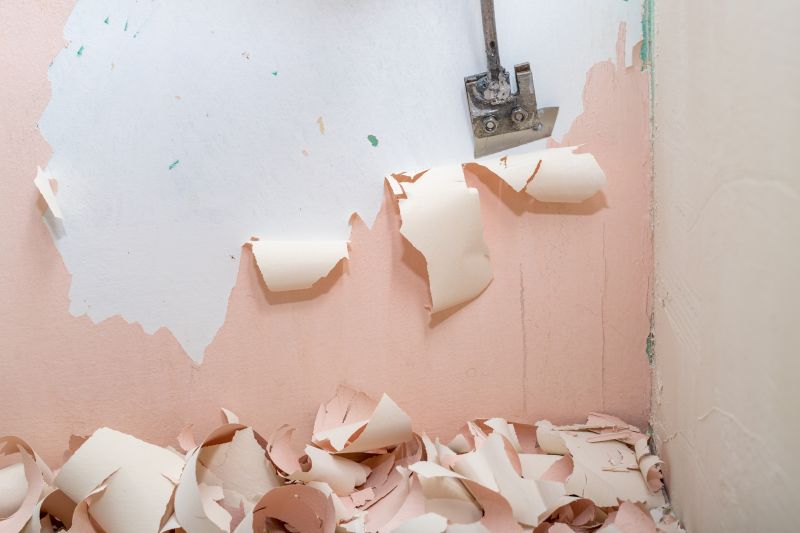
Various tools like chemical strippers, heat guns, and scrapers are used for effective removal.
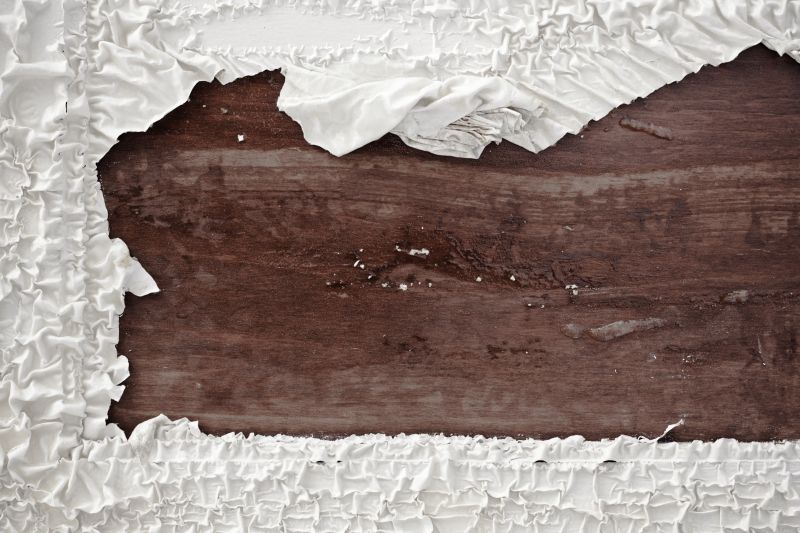
Proper cleaning and drying are essential before stripping paint.
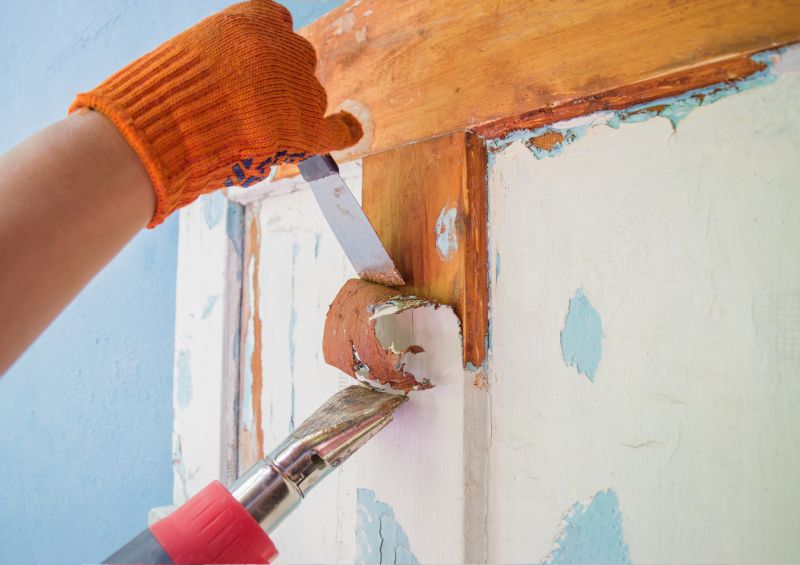
Cleaned surfaces ready for repainting after paint removal.

Weather conditions significantly influence the success of paint stripping.
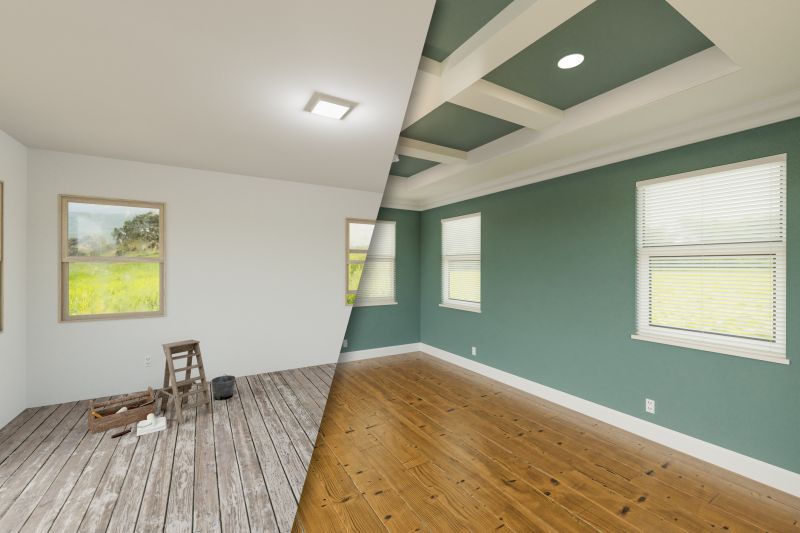
Finishes and colors that play nicely with Paint Strippings.
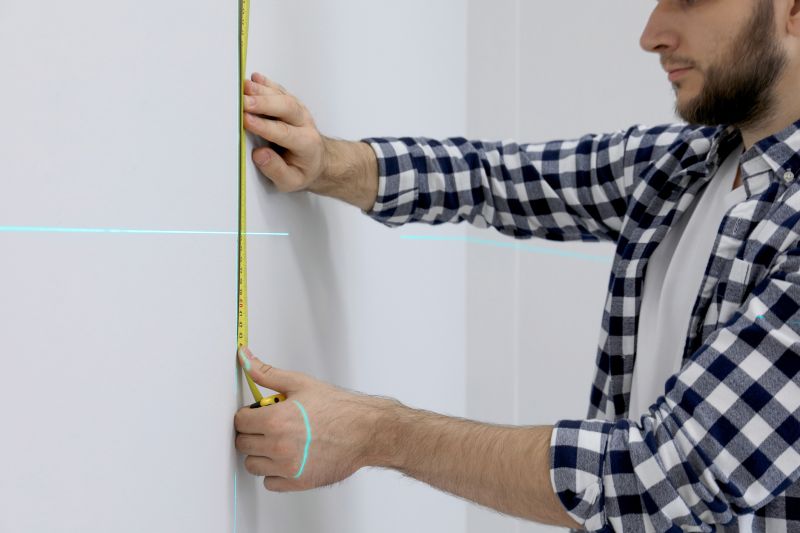
Little measurements that prevent headaches on Paint Strippings day.
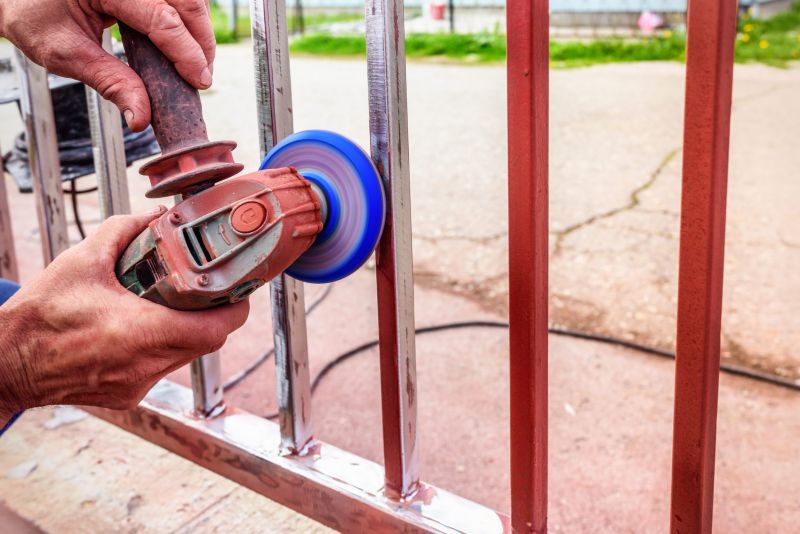
A 60-second routine that keeps Paint Strippings looking new.
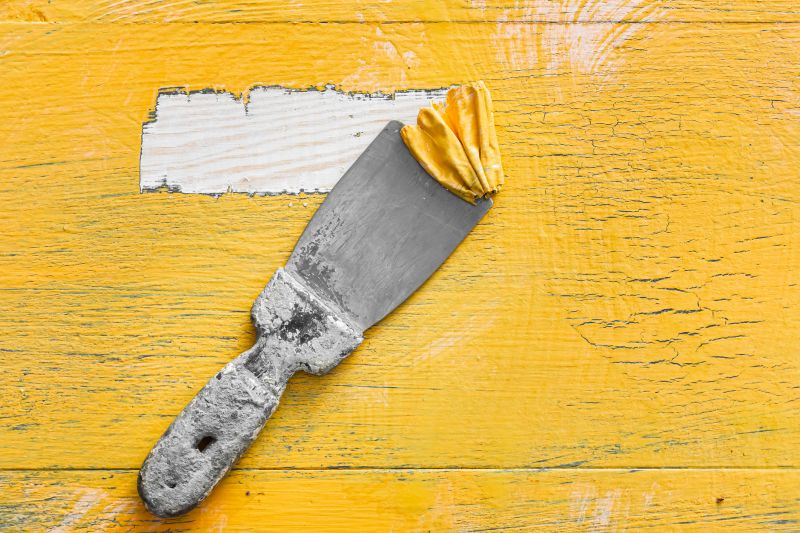
A frequent mistake in Paint Strippings and how to dodge it.
Interested in scheduling a paint stripping project? Fill out the contact form to get more information and plan the optimal timing for your surface renovation needs.



